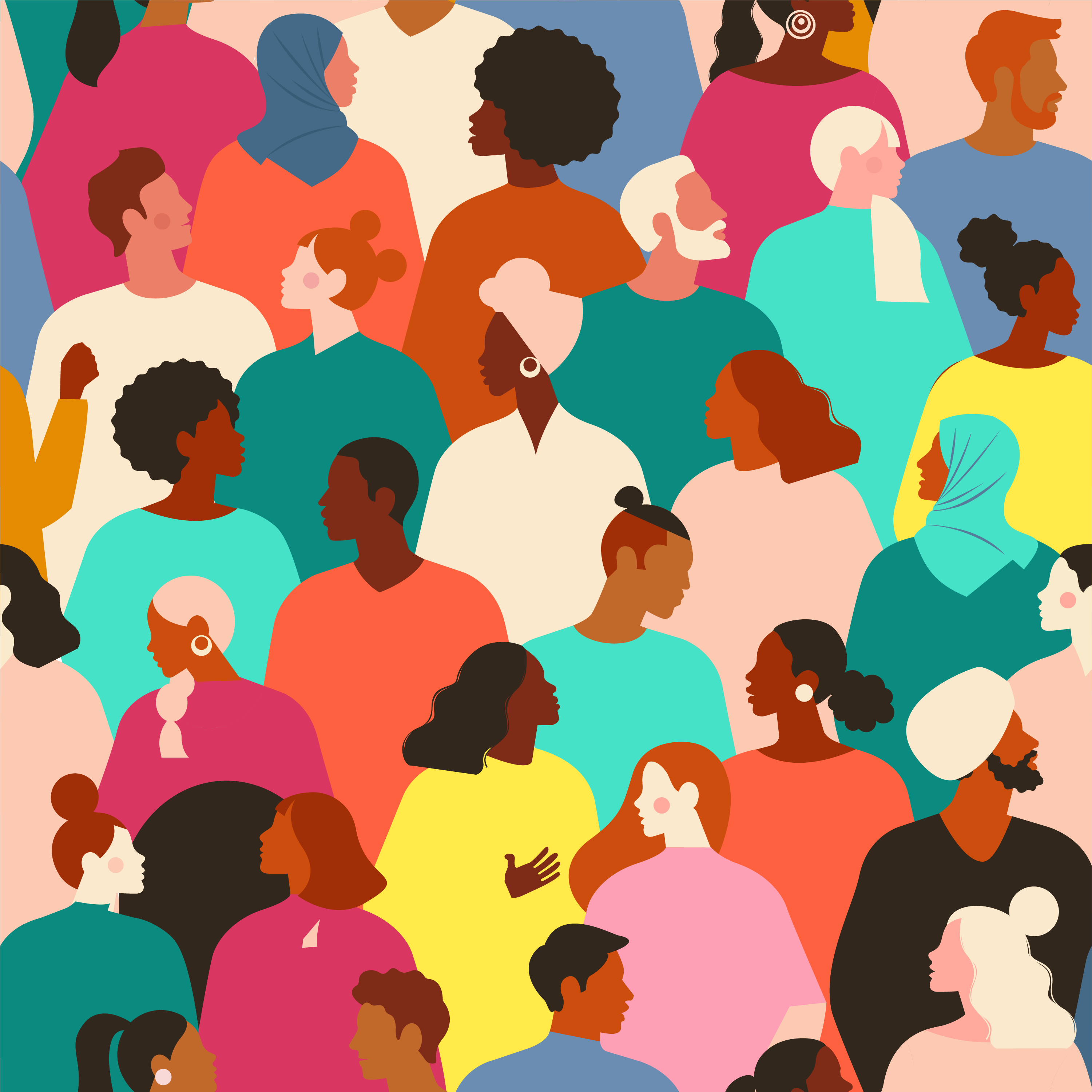Businesses looking for new ways to innovate and outperform competitors would be wise to take their DEI (Diversity, Equity, Inclusion) initiatives more seriously today than ever. Implementing a DEI program is now an essential part of attracting and addressing the demands of today’s socially-aware employees. If that wasn’t reason enough, companies with workplace diversity have been proven to make more money.
What Is DEI?
Diversity is the presence of people from various races, genders, nationalities, political preferences, religions, ethnicities, sexual orientations, physical abilities, and/or socioeconomic strata.
Equity is the existence of impartiality, fairness, and justice in terms of policies and distribution of resources within an organization. In an equitable organization, outcomes are fair for everybody.
Inclusion is the degree to which diverse employees participate in development opportunities and decision-making processes within an organization. An inclusive organization is one where people feel safe, welcome, and have a sense of belonging.
Companies embrace DEI by hiring and promoting diverse people of different backgrounds and including people of all background to participate equally in vital organizational activities.
Why Is DEI Important?
DEI training in the workplace today is about as vital as the mission statement or a code of ethics. In 2021, approximately 32% of companies required DEI training for employees. Aside from the business advantages – more on that in a moment – implementing a comprehensive DEI program has multiple benefits:
Social Acceptance
There are many examples of how companies are getting involved in social justice issues, and cultural diversity is one of them. One of the motivating factors driving this trend is the interest that consumers pay to a company’s social responsibilities – 70% of consumers want to see brands addressing social issues. Companies that are heavily involved in DEI activities are even being tracked and graded according to their efforts.
Recruiting and Retaining Top Talent
A recent Glassdoor survey found that 76% of job seekers say that a diverse workforce is an important factor when evaluating organizations and their open positions. They also found that over 50% of current employees think their organization should be doing more to increase diversity.
Risk Reduction
Almost all businesses have social media accounts, and when somebody from a company posts a text or image that is culturally insensitive, the business can suffer. Having a diverse staff that is aware of the latest issues can reduce the risk of a firm having its reputation ruined by the wrong social media message.
Investor Requirements
In many places, DEI is becoming a legal issue. In the US, many employers must file an Equal Employment Opportunity form every year that provides details about the diversity of their workforce. Many investment firms are doing the same by requiring portfolio companies to specify the demographics of their employees. In some cases, investors are also compelling firms to set DEI targets.
Companies that do not increase the diversity of their workers can be sued, even by their investors. For example, in 2020, shareholders sued the boards of Oracle, Facebook, and Qualcomm for not meeting diversity requirements for the board of directors and executive teams.
Benefits of Adding DEI to L&D Programs
A study from McKinsey Consulting demonstrates that cultural diversity has a positive effect on businesses. In terms of executive team gender diversity, companies in the top 25% are about 20% more likely to enjoy higher profits in comparison to firms in the bottom 25% per cent. Similarly, companies in the top 25% of ethnic and cultural diversity have a 33% greater chance of increased profitability compared to the bottom quartile.
Still, despite the importance of DEI, many organizations have not maximized their efforts, with only 13% of companies offering a diversity, equity, and inclusion statement.
As companies invest more in improving their DEI status, L&D programs will become a major tool. The shift to a DEI-focused organization requires extensive changes at all levels, and behind these changes is education. Employees first need to become aware of how their company is not truly diverse, equitable, and inclusive, and understand remedial steps. For the organizations that succeed, DEI enables better performance:
- People from culturally diverse backgrounds can present a point of view that might not occur to the group’s social majority, and therefore allow the team to avoid “groupthink”. A diverse range of employees can make others aware of bias, which might counter poor decision making. Conversely, DEI leads to improved choices; recommendations made by diverse teams outperform individual decision makers 87% of the time.
- Employees, particularly from younger generations, are often involved in social issues. Building a culturally diverse team can improve the working environment by creating a sense of social justice in the office and a feeling that their company is enforcing community values. Workplace diversity is also advantageous for hiring, as 76% of job seekers include this factor when deciding on accepting a job.
- This activism can similarly attract new hires who are searching specifically for a socially-conscious workplace. By 2025, 75% of workers will be millennials, and the vast majority of them include a company’s social and environmental commitments in their employment decisions.
GrowthSpace and DEI
One L&D specialty that has evolved as a result of the DEI movement is diversity, equity, and inclusion training. GrowthSpace enables organizations of any size to locate and work with top DEI specialists from all over the world. Through a unique technological approach to L&D, GrowthSpace provides a scalable method for organizations to create a full range of DEI programs for a more engaged, supported, and productive workforce.




